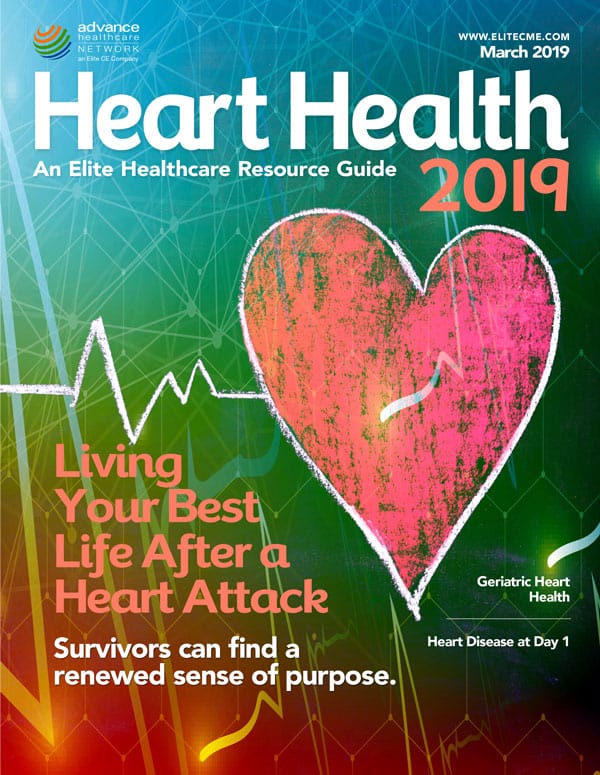The following questions are indicative of what you will find on the BRPT Registered Polysomnographic Technologists (RPSGT) exam.
Take the quiz, and use the link below to check your answers!
1. Asking a patient to open their eyes for 30 seconds during physiologic calibration helps to:
A. Determine waveform localization.
B. Demonstrate tonic muscle activity.
C. Establish a baseline for comparison to REM sleep.
D. Visualize the character and amount of alpha activity.
2. The ability of a differential amplifier to minimize signals similar to both inputs in known as:
A. Analog-to-digital converter.
B. Common mode rejection.
C. Impedance.
D. Signal-to-noise ratio.
3. Sleep state misperception is also known as:
A. Behavioral insomnia.
B. Circadian rhythm disorder.
C. Idiopathic hypersomnia.
D. Paradoxical sleep.
4. Which cardiac rhythm requires the technologist to take immediate action to ensure patient safety?
A. Accelerated junctional rhythm
B. Atrial fibrillation
C. Idioventricular rhythm
D. Ventricular tachycardia.
5. According to RECOMMENDED guidelines for bilevel PAP titration in a patient ≤ 12 years, IPAP should be increased after observing:
A. 1 hypopnea.
B. 2% desaturation
C. 3 apneas.
D. 5 RERAs.
Go to Page 2 for the Answer Key!
1. Asking a patient to open their eyes for 30 seconds during physiologic calibration helps to:
A. Determine waveform localization.
B. Demonstrate tonic muscle activity.
C. Establish a baseline for comparison to REM sleep.
D. Visualize the character and amount of alpha activity.
Key: C
2. The ability of a differential amplifier to minimize signals similar to both inputs in known as:
A. Analog-to-digital converter.
B. Common mode rejection.
C. Impedance.
D. Signal-to-noise ratio.
Key: B
3. Sleep state misperception is also known as:
A. Behavioral insomnia.
B. Circadian rhythm disorder.
C. Idiopathic hypersomnia.
D. Paradoxical sleep.
Key: D
4. Which cardiac rhythm requires the technologist to take immediate action to ensure patient safety?
A. Accelerated junctional rhythm
B. Atrial fibrillation
C. Idioventricular rhythm
D. Ventricular tachycardia.
Key: D
5. According to RECOMMENDED guidelines for bilevel PAP titration in a patient ≤ 12 years, IPAP should be increased after observing:
A. 1 hypopnea.
B. 2% desaturation
C. 3 apneas.
D. 5 RERAs.
Key: A






